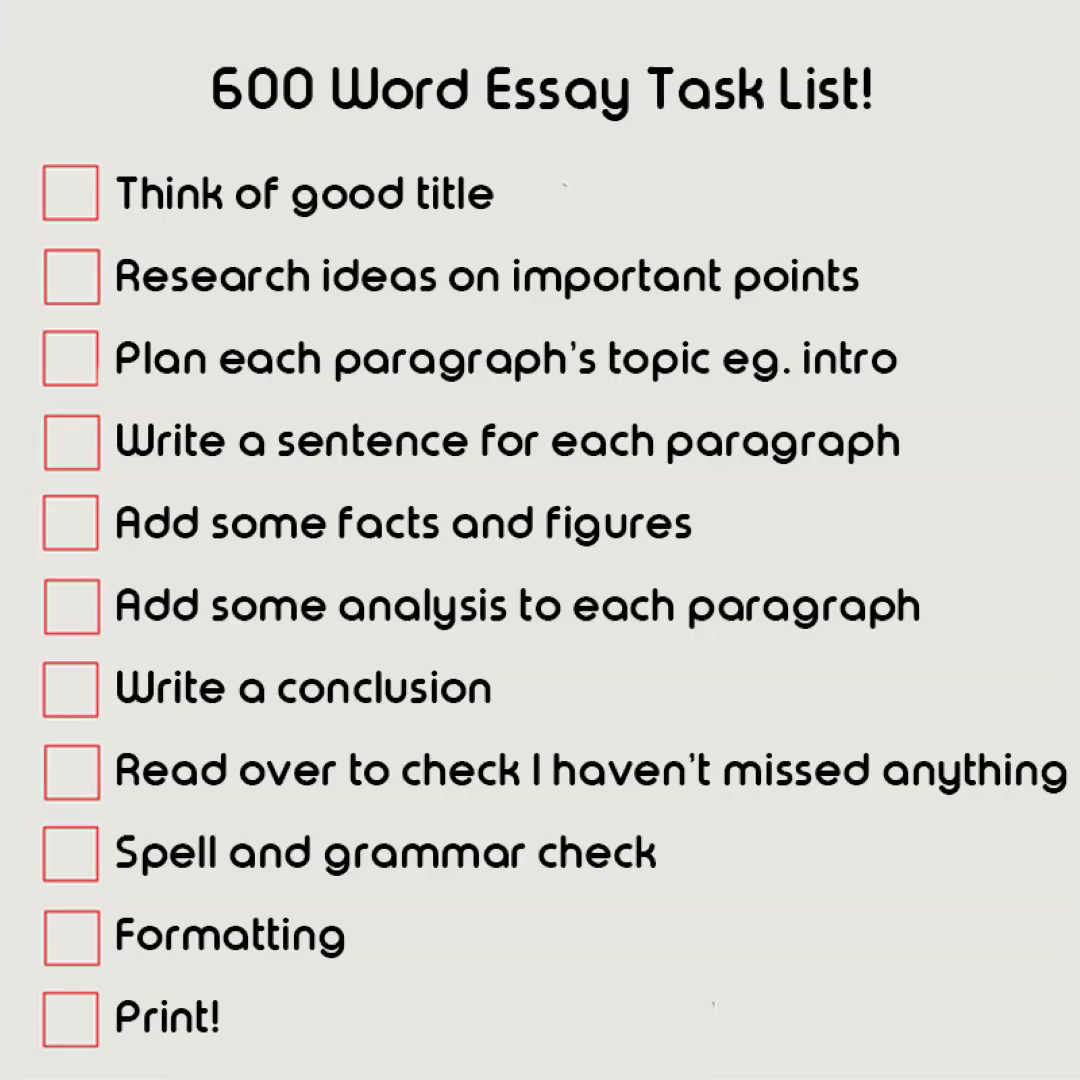Here at Groupcall, although we believe in working hard, we also believe in working smart. Many accuse the school system of not adapting enough, however it is common for new ideas to be shunned. During the pandemic, it is the perfect time to experiment with new ideas, and perhaps give your child a boost and figure out what they find to be effective!
1. Learning Styles
There are 4 different types of learner, each of these thrive in different environments and with different teaching styles. As school classrooms must vary their efforts to cater for everyone, the lessons may not be optimal for your child! Click here to find out what type of learner your child is, then you can tailor your lessons accordingly and use what they find useful!
Visual Learning
Visual learning processes information using images, charts, and graphs, they prefer videos, posters & animations to understand deeply the information. Many resources which are visual can be found on our guides list: maths and literacy
Auditory Learning
Auditory learning occurs with the most success when they are spoken to, they prefer to have discussions and ask questions. Try having genuine conversations with your child about the subject if they’re this type of learner, ask for opinions and encourage them to create stories!
Reading/Writing
Readers and writers prefer written words on a page, it allows them to understand and learn at their own pace, and quickly recap sections they didn’t understand the first time! Try encouraging your child to read books and set them writing assignments if they’re this type of learner.
Kinaesthetic Learning
Kinaesthetic learners become bored in traditional classrooms, they like to build things, create, experiment, and explore. This group are often the most shunned in school environments as typical lesson plans with worksheets and handouts aren’t engaging for them. For more information on this, Child1st have a great article we would recommend.
2. Active Recall
Although flashcards are popular for studying, many fail to understand how to optimally use them. Flashcards exclusively allow you to practice a learning method called Active Recall, which is undoubtedly the best and the most effective method of learning. The literature backs up this bold claim, plus the results will speak for themselves, especially if your child has difficulties with freezing on the spot during their tests!
So how does it work? Simply turn your child’s work into questions, keep them short and sweet. Put the questions on one side of a flashcard and the answer on the other. These questions can then be asked, answered, then checked with or without your supervision. This makes the learning process active rather than passive. Practising these questions consistently will lead to your child being able to actively pull the answers out of thin air- perfect for their tests. Using active recall will level up your child’s learning potential, don’t fall into the trap of telling them “just read over your notes!”- it’s passive! You can even use excel or google sheets to neatly organise and enact an active recall plan- click here to watch an excellent video about it!
3. Spaced Repetition
Spaced repetition is a phenomenon that has changed how the best students across world view studying. Author and researcher Benedict Carey spent his life studying this topic and found that ‘forgetting’ is usefully an accessibility problem, the information is there, you just struggle to locate it. As a result, spaced repetition puts more emphasis on retrieving information rather than storing it.
The way this is achieved is through spacing your study sessions apart, the general rule is that each interval should be longer than the last. After taking in information, you begin to forget it over time- the forgetting curve (see the dotted line). As you repeat these study sessions with increasing intervals, eventually more of the information will be placed in your long-term memory and will be easily accessible. More information can be found here.

4. Turning tasks into chunks
To-do lists are a great way to organise your tasks. The most effective method is to separate these tasks into as many little tasks as possible. The reason for this is simply momentum. If you simply say to yourself ‘I need to complete this 1000-word report’ you can turn that into a number of tasks then tick them off as you go! This will make you feel like you’re making progress and encourage you to continue to complete that next task!

Trello is a great way to organise your to-do list with a series of boards. You can set assignments, checklists, reminders and much more! It’s a modern, paper-free method of collaborating with your homeschoolers!
Let us know if you have any ideas of your own in the comment section below!